Euronews.green reports that the construction industry is responsible for an annual 39% share of the planet's total emissions, while most of the energy consumed inside a building comes from regulating the temperature. Some experts believe we should keep things simple, but effective when building new constructions.
Brigitte Clements, chair of Architects Climate Action Network (ACAN) in the UK, said that "it is important to ensure that the focus on resilience does not lead to the over-engineering of buildings, resulting in higher carbon emissions and costs."
A particular office building in Austria makes use of some very simple and efficient techniques to keep its inhabitants cool, but also hot, without using additional power. Called 2226, the building follows a simple principle laid by its constructors, Baumschlager Eberle Architekten, which imply maintaining the temperature between 22 and 26 degrees Celsius.
First of all, the building is white, which deflects the heat, and it also has deep-set windows, which also helps with maintaining a low temperature.
An intelligent software solution is able to automatically control the windows, based on CO2 levels, humidity and temperature, which is how it is able to adjust the thermal comfort.

Photo source: Baumschlager Eberle
The director of the office space, Daniel Pöhner, explains that "in Europe you can use the temperature differences between night and day - that’s the basic trick of it." Thus, during summer, the windows are opened at night to provide cooler air, while during winter, the residual heat from the computers and the personnel is being kept inside.
The company is now looking to implement the very same 2226 principle for a retrofit that might soon take place in the UK.
Another brick in the wall that helps us stay warm and cool
But the 2226 method can't be applied all over the world, so what could be another alternative? Some architects argue that good-old brick houses are the ideal solution for better insulation and they are eco-friendly.
When architects Leth and Gori were briefed to build a sustainable house that can last a long time, they turned to the traditional Danish way of making homes, leading to a brick-made house with almost no insulation other than the one provided by the bricks themselves, which can last for at least 150 years.
Poroton bricks are a good passive temperature regulator, being able to keep the warmth inside during the winter, while absorbing some of the heat and humidity during the summer.
"Many of the good materials and solutions exist in our historic buildings and the key is to use these buildings and materials as much as possible and only build new when we really have to", said Uffe Leth, one of the architects who worked on the project.
"We don’t need to reinvent the wheel to solve the current climate crisis", he added.
This leads to another big concept in modern architecture, which is the passive house. According to Mike Eliason, a US based architect and researcher, certified passive houses use very little energy for things like heating and cooling and instead, they rely on a heat-recovery ventilation system to maintain an optimal thermal comfort.
A multi-home project designed in 2019 by architects Mikhail Riches and Cathy Hawley for the city of Norwich, in the UK, comprising 100 passive houses, was said to be one of the most energy efficient in the whole British Isles, while the passive solar design of the buildings helped residents save money on their bills.
Brigitte Clements added that "this is also one of the most exciting times in the history of our discipline. It is a time of innovation, collaboration, and the exploration of new materials and this is something to be excited about. It’s a new dawn."
 Mihai - Cristian Ioniță
Mihai - Cristian Ioniță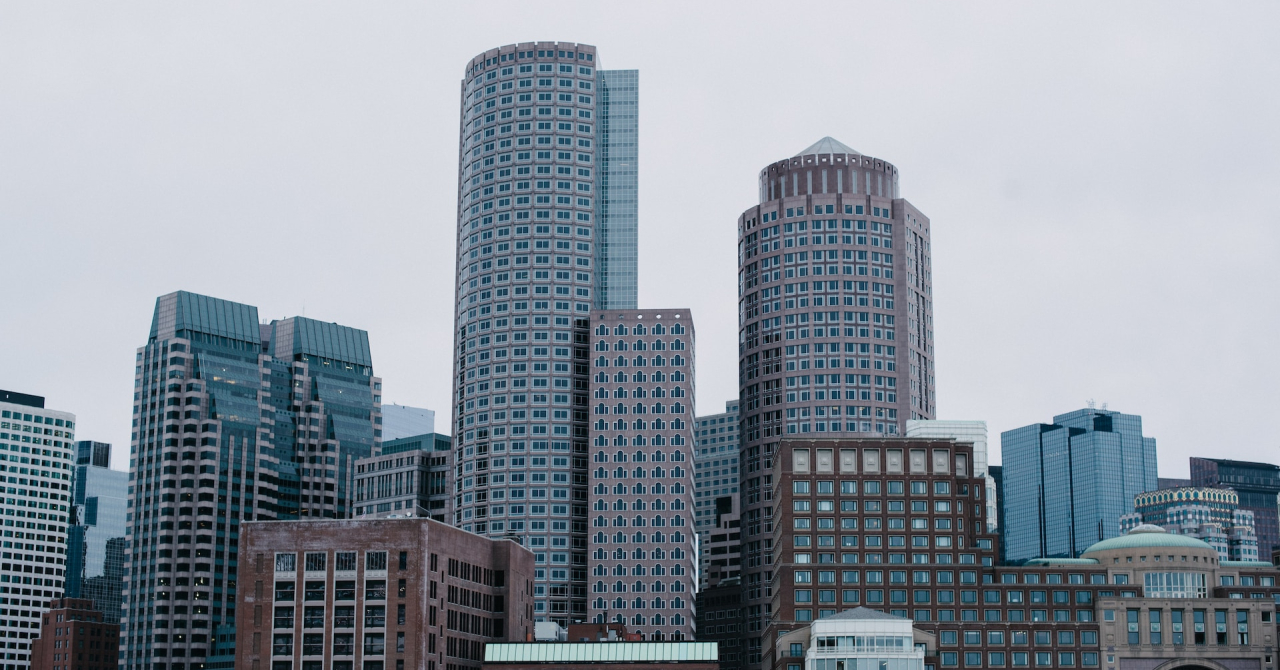


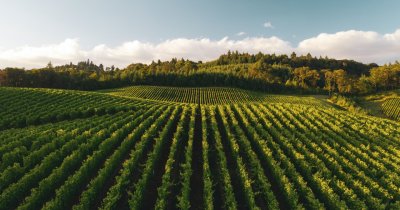


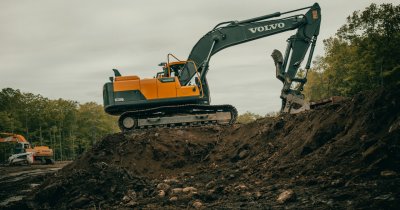
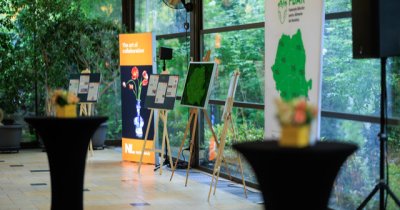



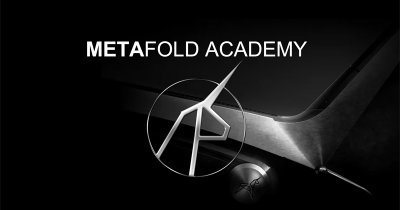

Any thoughts?